PTSD Therapy London Guide

What is PTSD?
PTSD (Post Traumatic Stress Disorder) is a mental health condition which you may have developed after experiencing or witnessing a highly traumatic event. This could be a threat to your life, a violent attack, sexual assault, sexual abuse, a car accident, or military combat. You can also experience PTSD from learning about the traumatic experience of a close friend or family member.
PTSD and Complex PTSD are difficult conditions to live as they can have a debilitating affect on your relationships, confidence and anxiety levels. PTSD responds very well to psychotherapy, and can lead to a significant reduction in symptoms.
I’m a qualified and licensed psychotherapist, with a private practice in Central London. In this guide I’ll explain how I approach the treatment of trauma. I’ve also included an A to Z of trauma treatment available in London.
Index:
- The difference between trauma and PTSD
- Symptoms Associated with PTSD
- PTSD Therapy London: An Overview
- Learning about PTSD
- PTSD and your Brain
- Fight, flight, freeze, fawn and flop
- Building a trusting relationship
- Relaxation and body centred exercises
- Revisiting the trauma in imagination
- Reevaluating thought patterns
- Learning and growing from trauma
- A to Z of PTSD Therapy in London
The difference between trauma and PTSD
Many people encounter a traumatic incident during their lifetimes, which results in a period of distress, possibly including disturbing memories, extreme alertness, irritability and sleep problems. The problems resolve naturally over time, resulting in a full recovery. But for some, especially if there were multiple traumas, or if they were particularly severe, the symptoms don’t resolve on their own.
PTSD is a very real and common mental health problem, which can have a huge psychological impact on your life. PTSD has been well researched, and outcomes after therapy can be very good. If you’re in a position where you’re still exposed to trauma, I’ll show you some strategies to help protect yourself and build mental resilience.
Read the full trauma guide here
Symptoms Associated with PTSD
This is a list of symptoms, some of which you might be experiencing if you’re suffering from PTSD:
- Intrusive memories and flashbacks
- Nightmares and disrupted sleep
- Avoiding thoughts and feelings associated with the trauma
- Avoiding people and places associated with the trauma
- An underlying feeling of shame or guilt
- Feeling emotionally numb
- Feeling alienated from other people
- Memories of the trauma are fragmented or hazy
- Feeling inexplicably irritable
- You’re hyper-vigilant, constantly on the look out
- Engaging in reckless behaviour
- Difficulty with concentration and memory
- Feeling anxious or getting panic attacks
- Unexplained physical symptoms
PTSD Therapy London
There’s many specialised therapies developed for PTSD, each with their own angle and approach. I’ve made a guide to the various therapies available in London at the end of the article. As an integrative PTSD therapist, I use a flexible approach, drawing upon whatever approach is needed to tailor the therapy towards the individual needs of the client. There’s several areas that are covered in PTSD therapy which we can explore below.
Learning about PTSD
During the PTSD therapy sessions, ‘psycho-education’ is one of the most important factors. I’ll explain to you how the traumatic events you’ve experienced are related to the PTSD symptoms you’re currently experiencing. You’ll see how memories can become fixed in the mind, and as patterns of tension in the body. I’ll show you body centred techniques to stay centred and grounded, and psychological methods to manage stress and triggers. If you’re still in an environment where you’re exposed to trauma, I can help with practical ways to create distance and put boundaries in place.
PTSD and your Brain
Through neuroimaging, scientists have been able to detect biological changes in the brains of people with PTSD. The changes are different for everyone, but there are some interesting patterns that have been observed.
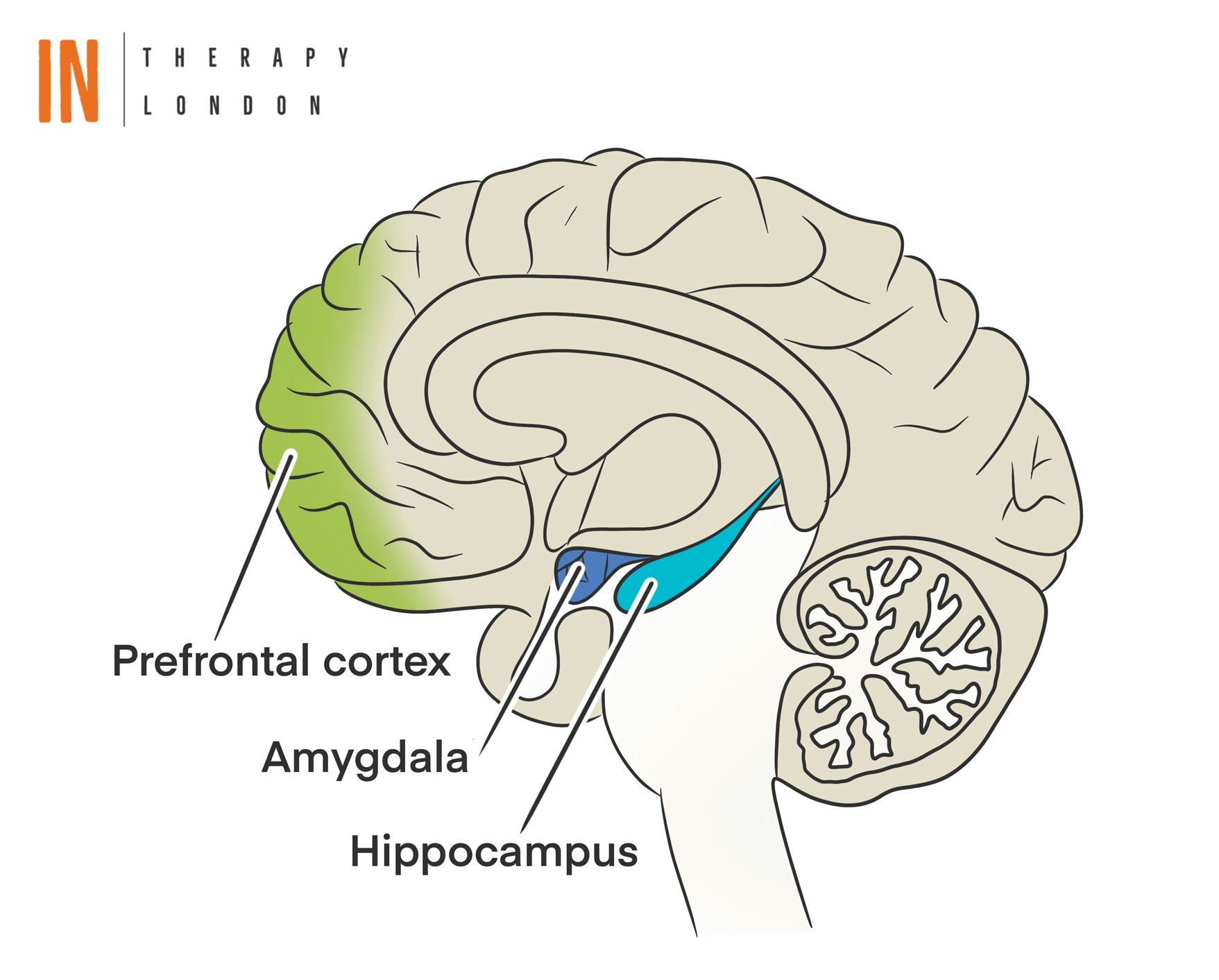
The Amygdala – alerting you to danger
The amygdala as a part of your brain which serves as a mechanism to alert you to innate danger. When an unsettling incident occurs, the amygdala generates a signal which provokes a fear response. This is helpful for letting you know that it’s time to move away from a threat, to place of safety. However, if you have Post-Traumatic Stress Disorder (PTSD), this response tends to be hyperactive, and can quickly lead to a sense of panic, beyond the influence of rational thought.
The Prefrontal Cortex – emotional regulation
The prefrontal cortex, positioned behind your forehead, plays a significant role in processing thinking, planning and inhibiting. It’s responsible for assessing the threat from the amygdala, and considering whether the threat is in fact harmless, or that you are now out of danger. However, if you are suffering from PTSD, the prefrontal cortex doesn’t function as efficiently as it should. This can leave you with intense feelings of fear, without the ability to distinguish between real or imaginary threats.
The Hippocampus – memory and learning
Other experiences associated with PTSD, such as unexpected intrusive feelings, or a constant vigilance, appear to be tied to a part of the brain called the hippocampus. The hippocampus is a part of the brain which is related to memory problems and anxiety disorders. Changes in the hippocampus can result in problems with flashbacks, memory processing and learning, making it difficult to accurately recall and interpret traumatic events.
Fight, flight, freeze, fawn and flop responses
You may have heard of the fight or flight response, where you (or another animal) are faced with danger, and the body rapidly prepares to either fight or take flight. The amygdala is activated and triggers a cocktail of stress hormones which result in high blood pressure, faster heart rate, and an increased oxygen intake. There’s also other, less well known responses that the body/brain can automatically take, called Freeze, Flop and Fawn.
The Fight Response
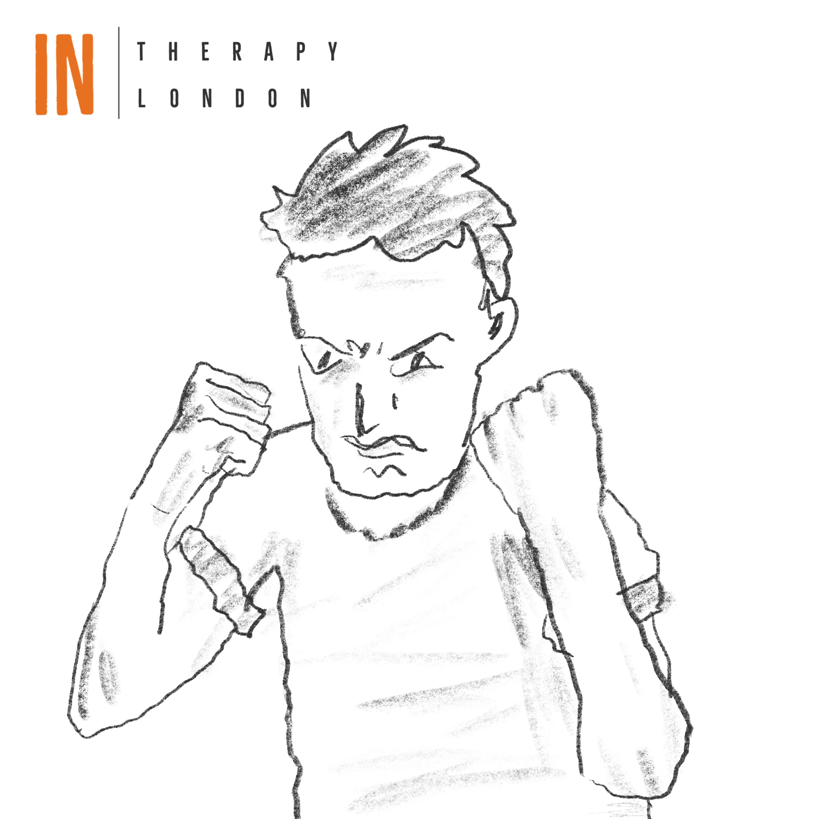
The fight response would have originally been optimal for defending yourself against attack from another animal. A selection of hormones, such as cortisol and adrenaline are rapidly released into the body, preparing you to fight for your life.
While physical attacks aren’t an everyday threat in London, or other civilised cultures, other incidents, such as bullying, arguments or road rage can trigger the fight response. In these situations you might find yourself trembling with adrenaline, feeling ready to hit someone.
The Flight Response
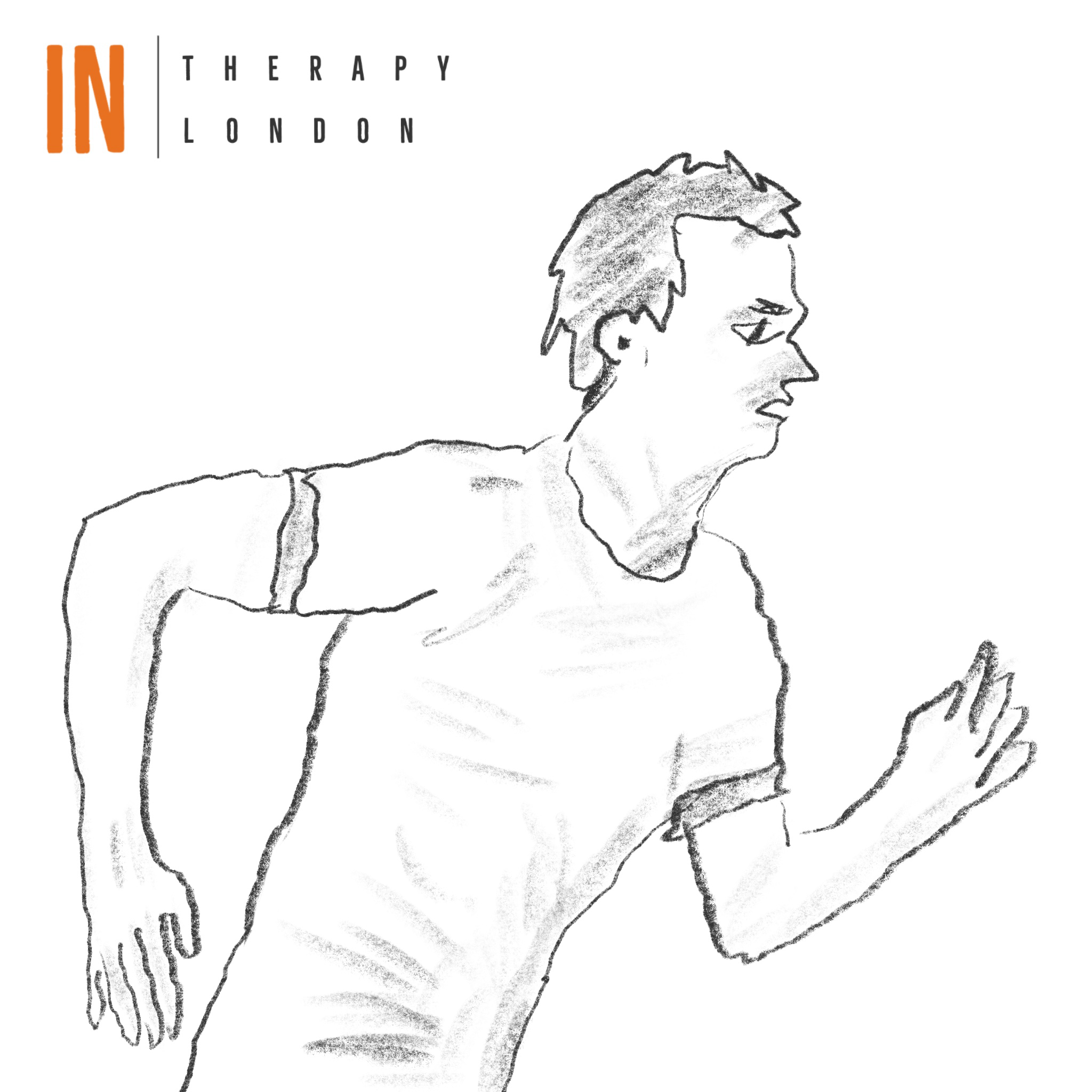
In the flight response, the same stress hormones are released, but instead of staying to fight, you use the extra energy and adrenaline to flee from the situation.
An example of this might be if you were walking along a deserted street late at night, and were approached by a gang who wanted to rob you. Even if you were a trained fighter, your instinct would probably to run as fast as you can, until you reached a place of safety.
The Fawn Response
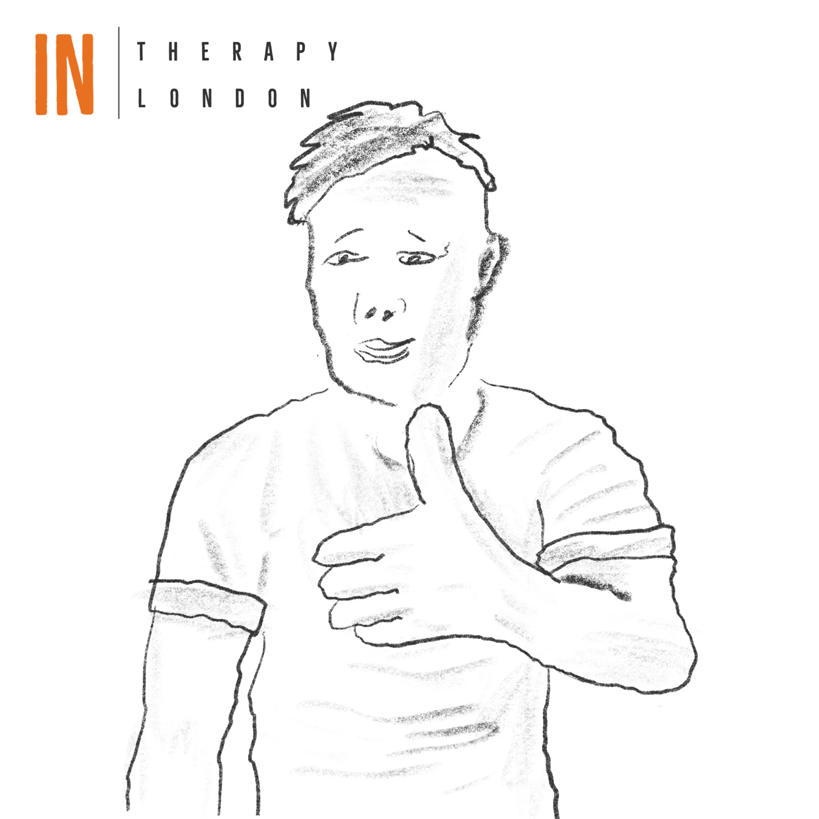
It’s also possible that in the previous street scenario, you might instead choose to do everything the gang tells you to do to preserve your safety. This would be taking a position of submission, called the Fawn response.
It might be a position you’ve adopted after several attempts to fight or flee from a partner or childhood abuse situation. People trapped in the faun response can be overly friendly, determined to please others whatever the costs to themselves.
The Freeze Response
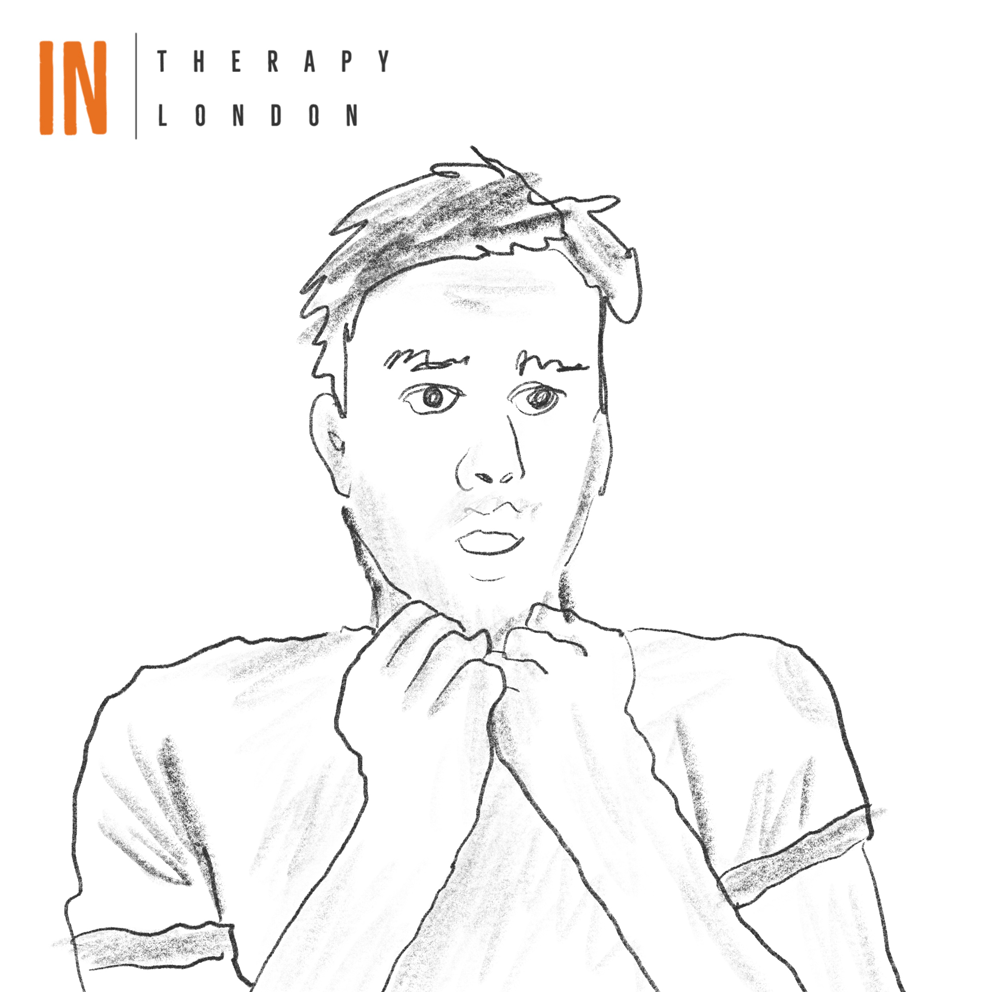
Sometimes, in a traumatic situation, you body will react with a freeze response. During a freeze response you’ll be paralysed with fear, unable to think clearly or move. There might be an emotional numbness and a degree of disassociation, where you feel like you’re not fully there.
To an outsider, you might seem to have a blank stare, appearing spaced out and disinterested. An example of the freezes response is when a rabbit gets caught in the glare of a car’s headlights. It becomes immobilised, unable to make an escape due to the overwhelming fear.
If you’re stuck in a long term freeze response, you won’t be able to access your natural spontaneity and expression. There is often a correlating tension, and ‘internal gripping’ in the musculature of the body.
The Flop Response
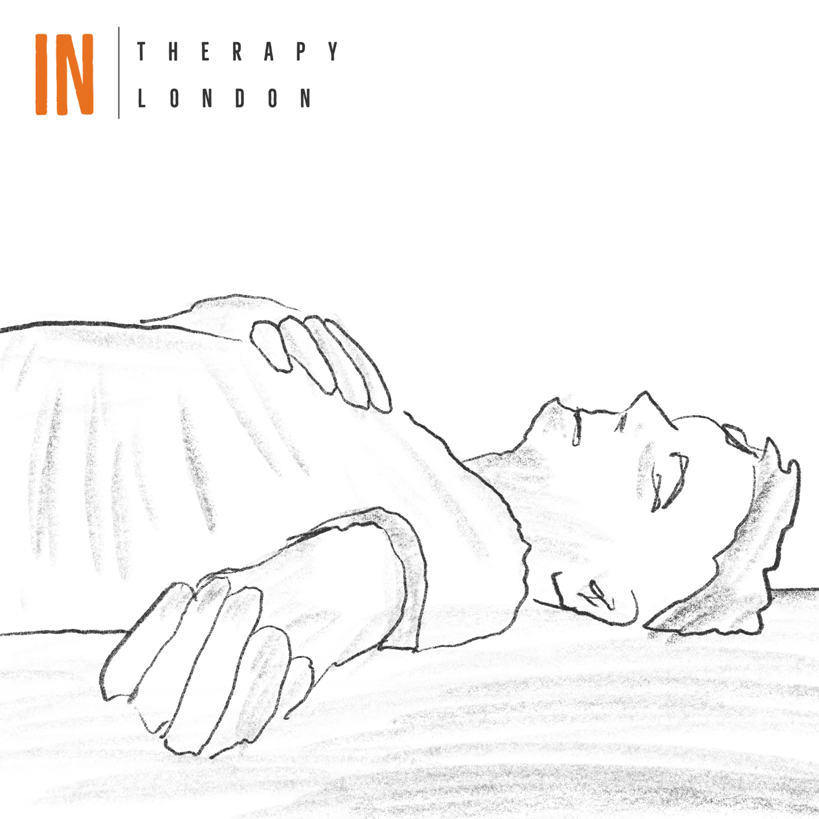
You may become so overwhelmed by fear during a traumatic episode, that you loose control over your body and faint. This is an animalistic survival mechanism similar to one animal ‘playing dead’ in response to a predator when there’s no chance of escape or fighting.
Building a trusting relationship in PTSD counselling
When you start PTSD therapy, we begin with a period of time where we build a relationship of trust and safety. It’s important to me that you know you’re in a non-judgemental environment, with an empathic listener, who is able to fully listen yo what you have to say. There will be times where you’ll be reliving aspects of the trauma, and strong emotions of sadness and anger often come up as part of the healing process.
Relaxation and body centred exercises for PTSD
Relaxation techniques can be extremely valuable for anyone with PTSD. You can learn how to become grounded and centred within challenging situations by learning to recognise when you become overly tense or find yourself breathing too fast. You’ll be able to consciously relax, so that your breathing becomes slower, and your mind stays calm and centred.
You’ll begin to see that feelings are both mental, and physical. Every emotion has a corresponding sensation in the body which can be under your level of awareness until you’re trained to spot them. For instance, have you noticed the sensation of heat in the body when you get angry? It’s no coincidence that an angry person is often referred to as ‘hot under the collar’ or ‘boiling over’
As you gain mastery over these methods, you can begin exploring mildly challenging situations, and practice ‘not reacting’, and staying in the here and now. This can help if your emotions tend to quickly escalate into extreme fear or anger, or if you tend to disassociate, and become disconnected with how you feel.
Revisiting the trauma in imagination
At some point in PTSD therapy, only when you’re fully comfortable and prepared, it can be valuable to revisit the trauma in your imagination. In what’s called ‘imaginal exposure’, we start with relaxing the body, so you feel comfortable, grounded and centred.
We’ll slowly begin to revisit the traumatic incident, beginning with the time before and ending with the circumstances after the event. We’ll acknowledge the emotions, physical sensations, thoughts and sensory memories that come up for you during this process. I’ll also help you to keep a connection with the ‘here and now’, so you’ll be able to distinguish the difference between feelings from the memory of trauma, and your current feelings.
Over time, you’ll begin to get a sense that the disturbing emotions and physiological responses left over from a trauma, can be witnessed in the present without overwhelming you. The person who you may have negatively perceived yourself to be then is not the same person you are now.
We’ll then spend some time talking about what it was like to revisit the trauma. We’ll explore any emotions that may have come up, such as anxiety, fear, shame, anger or guilt. There may also be more positive emotions, such as the gratitude towards someone’s kindness, which will also be acknowledged and explored.
Reevaluating thought patterns
We can look at thoughts that you may have had, such as “everyone is waiting for an opportunity to attack me”, or “I am a worthless person with nothing to offer”. Negative thoughts such as these prolong behaviours of avoiding the situation in which they are feared to arise. During PTSD counselling, we can examine the validity of those thought patterns and beliefs, and where appropriate look at alternative, more realistic ways of thinking about yourself.
It’s common for people with PTSD to habitually look out for threats (hypervigilance) or excessively go over the same thoughts (rumination). You might take extreme precautions, or avoid some situations altogether.
Sometimes you might be unsure of how to behave in certain social situations, and feel considerable social anxiety. This could be from having formed bad habits in the past, or never having had the opportunity to learn. We can look at healthy ways of relating to people in situations you find challenging, so you can feel at ease and form fruitful relationships. These new thoughts and behaviours can be tested in situations that you find just mildly uncomfortable as a way to build up your confidence and resilience.
Learning and growing from trauma
Through trauma counselling, every trauma has the potential for transforming into an opportunity for profound healing and growth. The experience of being in the world without the burden of fear or unstable emotions is a great relief. It can lead to a great sense of empowerment and optimism, as you begin to interact with others more, and start embracing the life you really want.
Making the decision to enter PTSD therapy, and taking the time to focus on your problems, is a positive investment in your mental health and well-being. d of restricting it to the decrease of fear.
A toZ of PTSD Therapy in London
There have been many therapies developed for the treatment of PTSD, each with its own approach. For instance, one might emphasise gradual re-exposure to the trauma and learning new responses (exposure-based). Another will challenge thought patterns (cognitive-based), and another might work primarily with the body (somatic-based). But in practice there are many overlaps, and therapists often combine elements from several approaches to suit the client.
Index:
- Brief Eclectic Psychotherapy (BEPP)
- Cognitive Processing Therapy (CPT)
- Cognitive Therapy for PTSD
- Eye Movement Desensitisation and Reprocessing (EMDR)
- Narrative Exposure Therapy (NET)
- Prolonged Exposure Therapy (PET)
- Sensorimotor Psychotherapy
- (STAIR) Narrative Therapy
- Stress Inoculation Training (SIT)
- Somatic Experiencing (SE)
- Somatic Trauma Therapy (STT)
Brief Eclectic Psychotherapy for PTSD (BEPP)
Brief Eclectic Psychotherapy for PTSD begins with psychoeducation – talking to you about PTSD, how it has led to your symptoms, and what the treatment is likely to entail. Over the following weeks, you’ll be invited to share a detailed account of the traumatic incident as if it’s occurring in the present moment. You’ll be supported by your therapist through any distressing emotions and memories that surface. You’ll also be asked to start writing a letter to the person who caused the trauma, as a way of expressing emotions – it won’t be sent to anyone.
After six weeks, you and your therapist will evaluate the progress of your treatment, and the therapy might be adjusted accordingly if necessary.
For the final sessions, the focus shifts to understanding the personal impact of the traumatic event and what you have learnt from it. You’ll explore how the trauma has altered your self-perception and worldview. The therapy ends with a review, and the formulation of a relapse prevention strategy. A farewell ritual is often conducted, where the patient acknowledges the transition from a life dominated by trauma and PTSD symptoms to a brighter, more optimistic future.
Cognitive Processing Therapy for PTSD (CPT)
Cognitive Processing Therapy (CPT) is a therapeutic approach with an emphasis on targeting unhelpful thinking patterns that can sustain PTSD.
At the outset of therapy, you’ll be asked to read out aloud a detailed statement about how the traumatic event has affected your beliefs about yourself, others, and the world around you. You’ll then analyse the statement with your therapist, who’ll look for, and gently challenge any unconstructive thinking patterns.
As therapy progresses, you’ll work with your therapist to create more constructive and accurate ways of thinking. The final stages are devoted to addressing the areas of your life that might be affected by trauma, such as safety, trust, power/control, esteem, and intimacy. The treatment concludes with your re-writing the impact statement, so you can evaluate the progress made through the treatment.
Cognitive Therapy for PTSD
Cognitive Therapy for PTSD consists of five treatment phases. The first step will involve you working with the therapist to develop a personalized therapy plan, which will act as a roadmap of sorts for the treatment.
In the second step, you’ll revisit the most distressing moments of your trauma. Your therapist will help you find new, less threatening interpretations for these memories. And these new interpretations will be connected with the traumatic memories.
In the third step, you’ll learn to recognize the (often hidden) trauma triggers, and understand the difference between the past trauma and your current safety. The fourth step involves letting go of behaviours and thought processes that aren’t serving you anymore. This can include overthinking, being overly alert for danger signals, suppressing thoughts, and taking unnecessary safety precautions.
In the final step, you’ll be to encouraged to build or resume activities and social connections which help you to reclaim their life.
Eye Movement Desensitisation and Reprocessing for PTSD (EMDR)
Eye Movement Desensitisation and Reprocessing (EMDR) is a therapy which hypothesise that the unprocessed memories of traumatic events can become stored in episodic memory.
EMDR begins by teaching patients strategies for dealing with negative emotions. The length of this phase varies depending on the individual’s ability. You’ll create a list of traumatic experiences, any related distorted beliefs, such as “I’m unable to be creative” as well as desirable alternative thoughts, such as “I am a creative person”.
During the processing phase, you’ll initially concentrate on an image from the trauma, along with a negative belief, and any associated body sensations. There will be short exposure episodes, combined with side to side (bilateral) eye movements, as you follow your therapist’s finger.
You’ll report any new thoughts, emotions, sensations, or memories that arise to your therapist. Later on, you’ll practice bringing the image of the trauma to mind, along with the desired thought (“I am a creative person”).
Narrative Exposure Therapy for PTSD (NET)
Narrative Exposure Therapy (NET) involves you creating a chronological account of your life journey. The therapy emphasises your most intense emotional experiences, but you’ll also be asked to revisit more uplifting memories, perhaps a time when you received support from someone, or when you accomplished something significant.
The therapist should be empathetic, listening carefully and attentively with an attitude of unconditional acceptance. As you discuss your traumatic experiences, they’ll help you connect to sensory memories, thought processes, emotional reactions, and physiological responses.
As your story unfolds, and you revisit your traumatic experiences, your therapist will help you embrace all the associated emotional responses, while staying anchored in the present moment. You’ll be reminded that the current feelings and physiological reactions are a result of memories which are currently resurfacing. These feelings and reactions are then tied to their autobiographical setting, at the time and place of the event.
Prolonged Exposure Therapy for PTSD (PET)
In Prolonged Exposure Therapy (PET), you’ll first be shown a breathing exercise to help you relax. Then your therapist will teach you about the psychology of PTSD, and how PTSD symptoms develop, and can become prolonged.
Over a period of therapy sessions, you’ll be encouraged to revisit the trauma, recounting the details out aloud to your therapist (imaginal exposure). You’ll then talk about the experience of recounting your trauma, including any emotions that came up, and changes that took place. You’ll look at a range of emotions, including fear, shame, anger and guilt.
As part of the therapy, you’ll be encouraged to expose yourself to situations which you find mildly traumatic (vivo exposure). This is to counteract a tendency to avoid certain stressful situations, which only reinforce untested negative thought patterns.
Sensorimotor Psychotherapy for PTSD
Sensorimotor Psychotherapy is a bodywork therapy which draws from neuroscientific research, similar to Somatic Experiencing. The therapy distinguishes between two sorts of trauma – developmental injury (from dysfunctional families), and traumatic injury (from life-threatening experiences).
The therapy evolves over a slow and gentle pace, so an atmosphere of trust and safety can develop between you and your therapist. Your therapist will help you to explore your defences, working primarily with sensations and experiences in the body.
(STAIR) Narrative Therapy for PTSD
The Skills Training in Affective and Interpersonal Regulation (STAIR) Narrative Therapy is for anyone struggling with emotion and relationship management due to traumatic experiences. The main objective is to both mitigate the effects of PTSD and help you with emotional regulation and social interactions
Following traumatic events, you can find that your emotional responses can become either heightened or entirely suppressed. Relationships can become plagued with conflict, misunderstandings, and hostility. Its not uncommon for those recovering from PTSD to notice that their social connections become harder to maintain.
STAIR was designed for individuals with a history of childhood trauma, and is particularly beneficial for those who have experienced chronic trauma, such as sexual or physical abuse, and as a result, are struggling with emotional regulation and social skills.
Stress Inoculation Training for PTSD (SIT)
Stress Inoculation Training helps with PTSD and anxiety, when you’re feeling inadequately prepared to cope with the demand of a challenging situation. It’s designed to help you gain control over your anxiety by utilising a range of anti- anxiety strategies. These can be body centred interventions, such as muscle relaxation and breathing techniques, and cognitive strategies, such as inhibiting or reassessing negative thoughts.
Through the use of role play and other teaching methods, you’ll work with your therapist to stay calm in increasingly challenging situations. Eventually, you’ll test the strategies in the outside world, starting with a situation which only causes mild anxiety. You’ll be able to build your skills, until you’re theoretically ‘inoculated’ against any future anxiety-provoking scenario.
Somatic Experiencing for PTSD
Somatic Experiencing, developed by Peter Levine, draws from neuroscience, and the study of how animals recover from stress. He observed that after animals encounter traumatic events, such as an attack from another animal, they go through a brief process of shaking to release the trauma. He believes that we hold blocked emotions in our bodies, but are unable to go through the natural process of releasing.
During Somatic Experiencing session, while you think of the trauma, your therapist will watch for signs of anxiety in your subtle body movements and breathing. Bit by bit, they’ll help you to discharge the trauma which has been trapped in your nervous system.
Somatic Trauma Therapy for PTSD (STT)
Similar to Somatic Experiencing, Somatic Trauma Therapy (STT)works at a slower pace, in order to foster an atmosphere of safety. There’s an emphasis on the your relationship with the therapist, as you work on becoming more aware of your body to stay grounded in the ‘here and now’.
How much is PTSD therapy in London?
The cost of trauma therapy in London typically ranges from £65 – £250 for private therapy, psychotherapy, counselling or another specialised therapy.
If you’re working, check with your employer to see if they have an in house counsellor, or whether they reimburse therapy costs. If you’re a student, universities and colleges in London and the UK will always have a counselling department you can get in touch with.
If you’re on a low wage, there’s charities and organisations you can get in touch with, such as Help for Adult Victims Of Child Abuse or PTSD Resolution. If you have insurance, or you’re looking for private PTSD therapy, there are a host of therapeutic services throughout London at various price points.
NHS PTSD Therapy London
The NHS offers a range of free mental health services, including short term counselling and CBT for trauma. You don’t need a referral from a GP – you can access NHS Talking Therapies directly here.
You’ll normally be offered 6 or 8 weekly sessions, depending on which borough you live in. This can be good for short term PTSD treatment, and your counsellor might be able to suggest longer term therapies available to you through local charities.
If you have a more complex mental health condition, it’s best to speak to your GP first who can arrange specialist care and medication if needed.
Conclusion – getting help
If you believe you’re suffering from PTSD or complex trauma, and would like to work with a trauma specialist, book an initial consultation today to start your journey towards a more spontaneous and fulfilling life.
I offer private therapy in Central London, and take a person-centred approach, meaning that I’m non-judgemental, see clients as equals, and collaborate with you on your healing journey. If you feel apprehensive about your initial consultation, there’s nothing to worry about. You don’t have to prepare – just come as you are and we can look into how I might be able to help.
